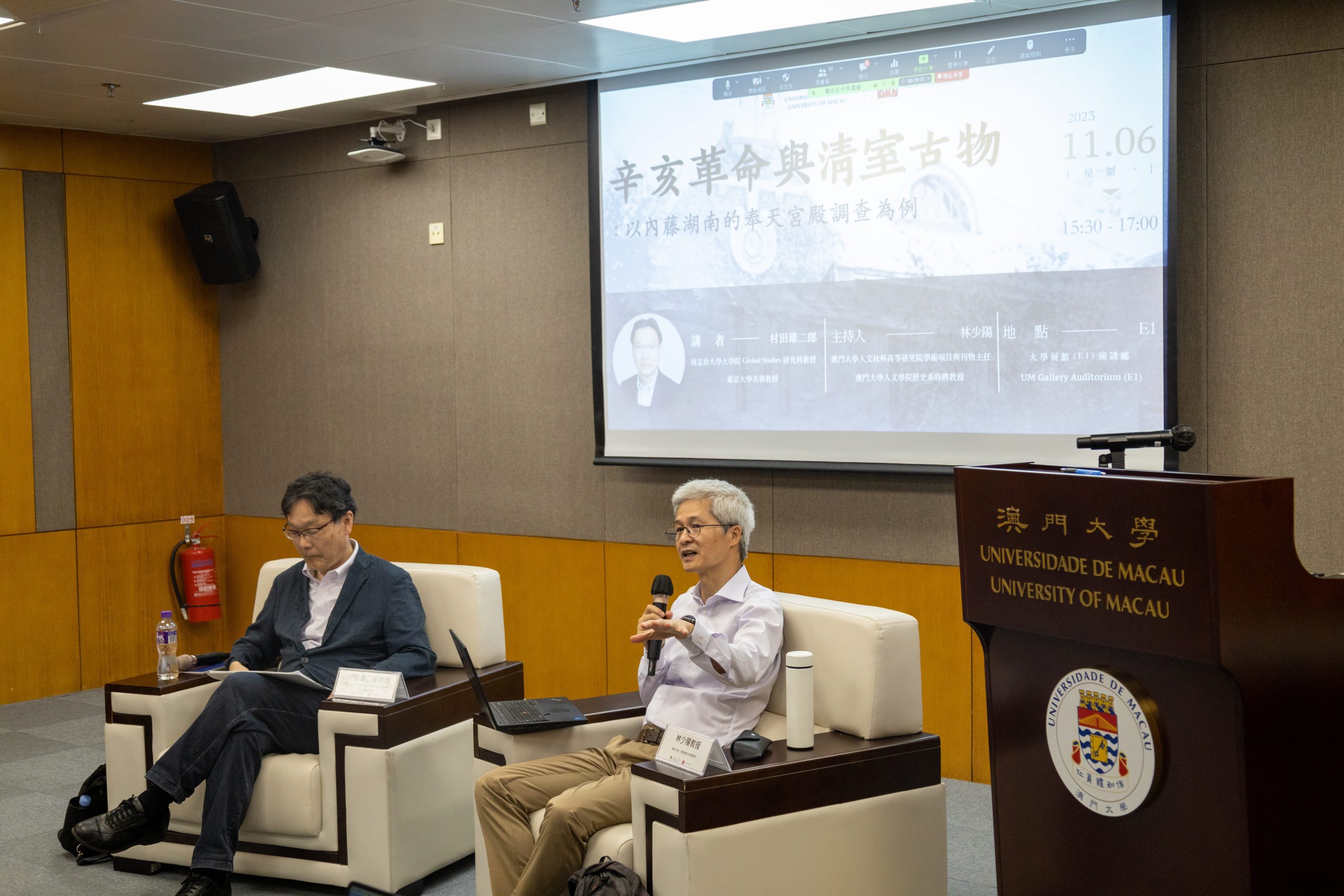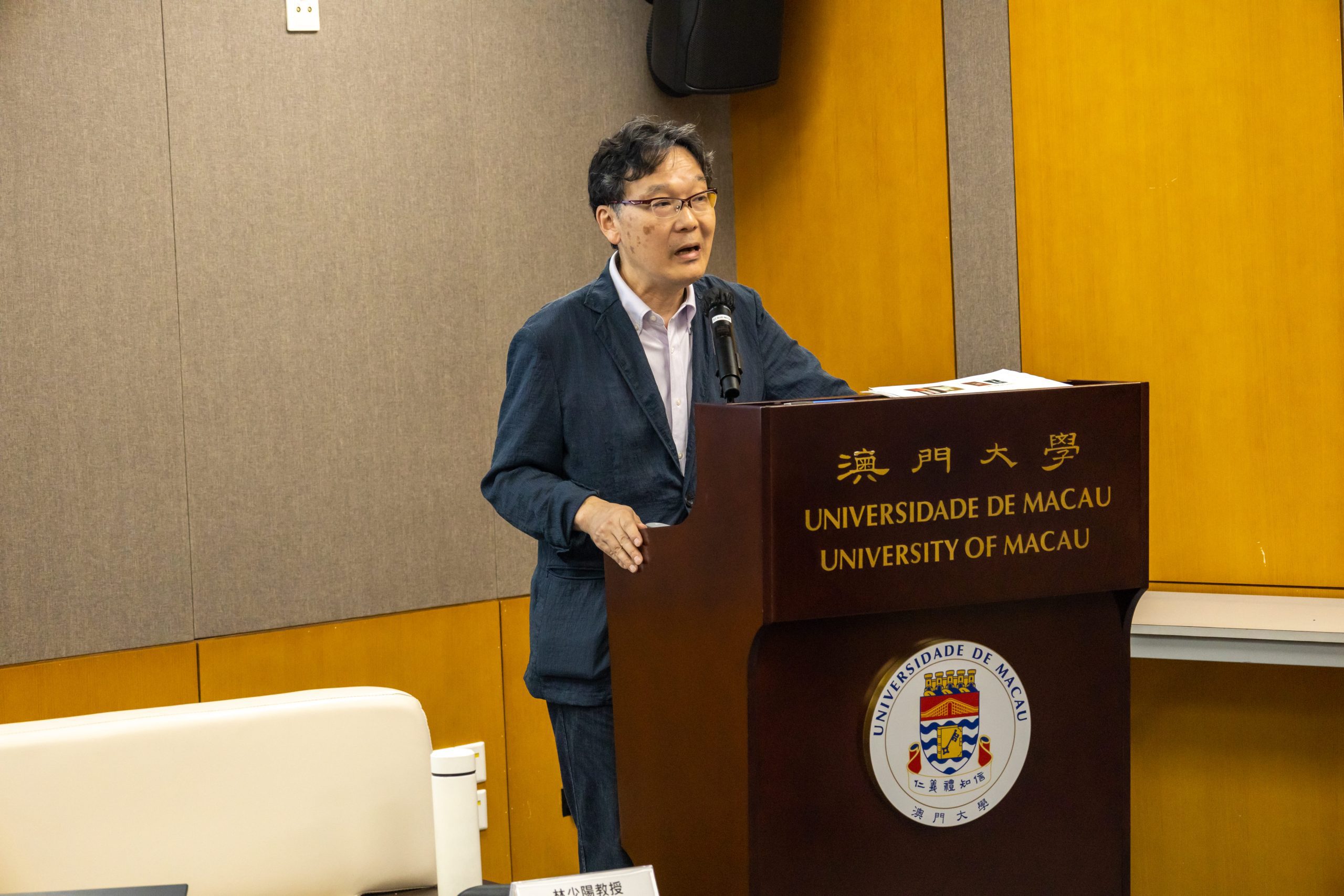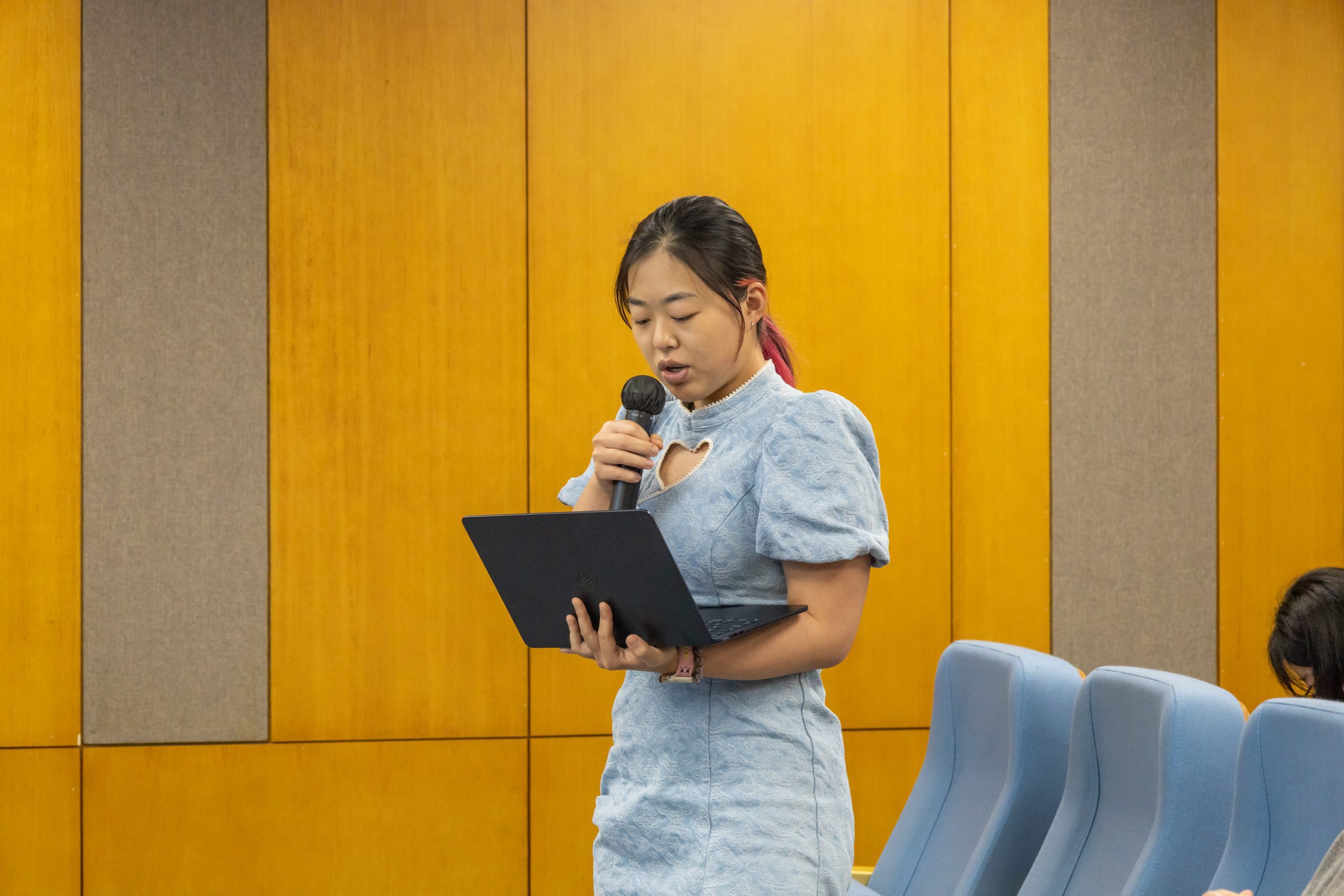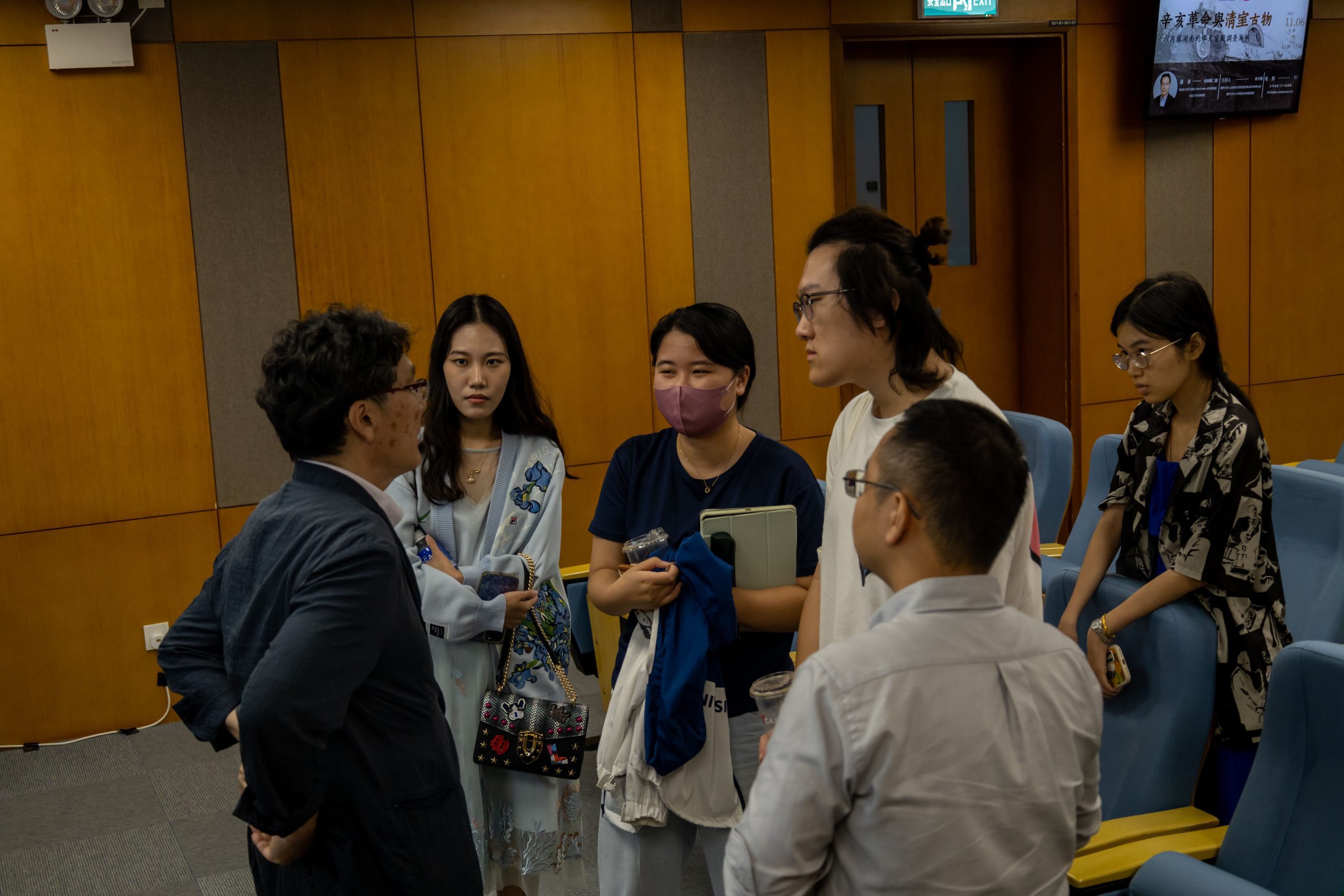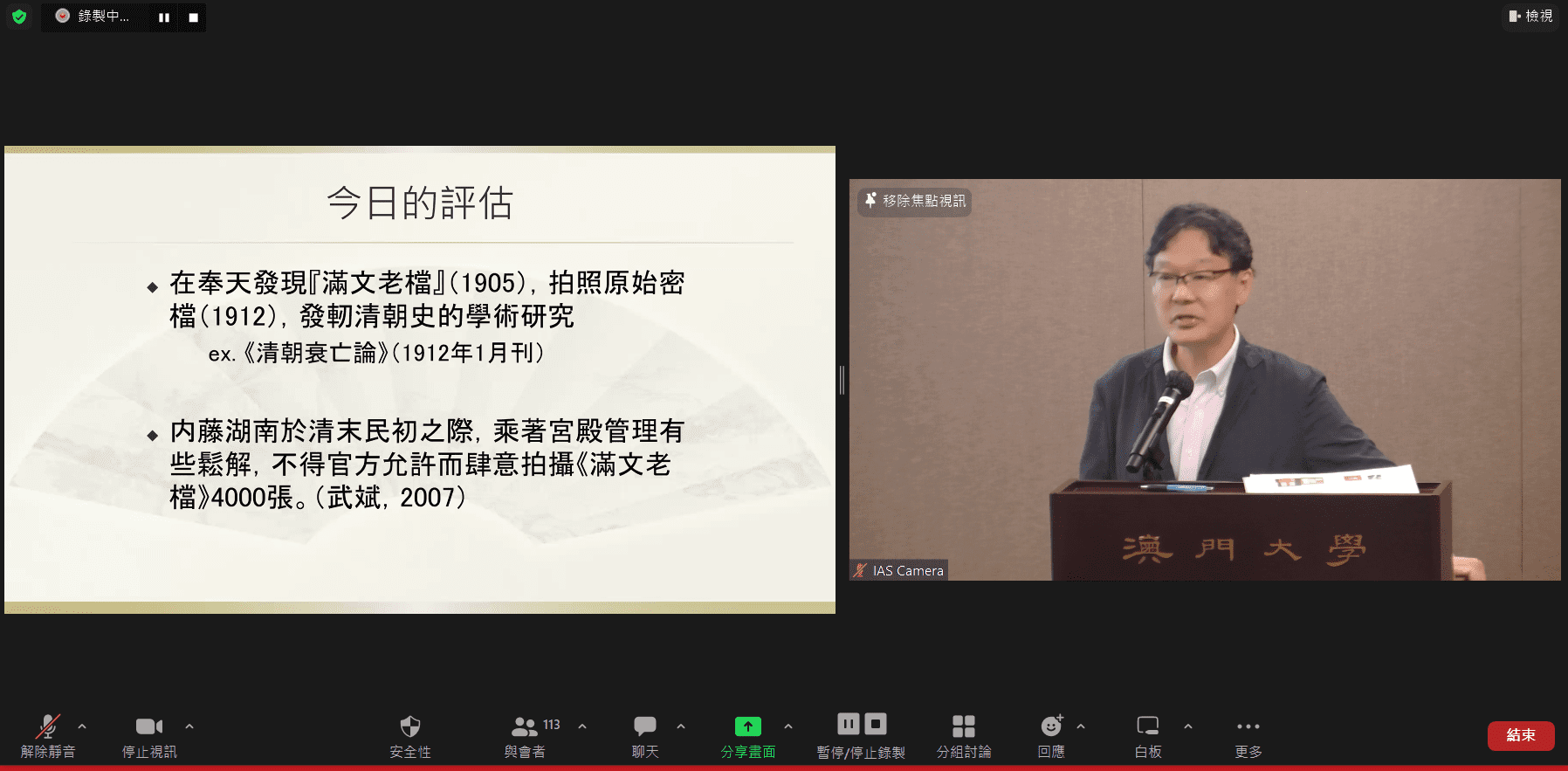【IAS】 The Guest Lecture “The Xinhai Revolution and Antiquity in the Qing Imperial Palace: An Illustration of Naito Konan’s Feng Tian Palace Investigation” was successfully conducted
【高研院】 高研院嘉賓講座:「辛亥革命與清室古物——以內藤湖南的奉天宮殿調查為例」順利舉行

高研院嘉賓講座:「辛亥革命與清室古物——以內藤湖南的奉天宮殿調查為例」於11月6日在大學展館演講廳成功舉辦,本次講座邀請到同志社大學大學院Global Studies研究科教授、東京大學名譽教授——村田雄二郎教授主講,同時亦邀請到澳門大學人文學院歷史系特聘教授——林少陽教授擔任主持。
村田教授以內藤湖南在奉天宮殿的調查為切入點,深入探討了中國近代歷史的變革。他首先提到清朝民初時期政府出台的保存古物的各項政策,隨後詳細介紹了內藤湖南前往奉天進行的五次調查研究,在這些調查中,內藤湖南親自前往東北地區考察與清史相關的景點,並紀錄了該地的照片。最後村田教授以中國歷史的變革來闡述內藤湖南第五次調查失敗的原因。
村田教授強調,儘管這次介紹的是內藤湖南的調查研究,但其牽涉到了晚清時期的許多政治活動,如趙都督起初對內藤湖南拍攝文物的工作特別照顧,但在清室退位後卻突然禁止內藤湖南拍照調查。講座期間,村田教授討論了古物保護管理的變化,特別是關於清室古物是公產還是大清皇帝的私產的問題。直到1925年故宮博物院成立後,文物定性的問題才得到結論。
這場講座為聽眾帶來了一個嶄新的晚清歷史視角,吸引了現場及線上近一百五十位學生和學者積極參與,並進行提問和激烈討論。
The Guest Lecture Series, titled “The Xinhai Revolution and Antiquity in the Qing Imperial Palace: An Illustration of Naito Konan’s Feng Tian Palace Investigation” was successfully held on November 6th at the Auditorium, UM Gallery. The lecture featured Professor Yujiro Murata, Professor of the Graduate School of Global Studies at Doshida University and Professor Emeritus at the University of Tokyo, as the keynote speaker. Professor Shaoyang Lin, from the Department of History at the UM, served as the moderator.
Professor Murata analyzed the transitions of modern Chinese history by starting with Naito Konan’s investigation of the Feng Tian Palace. He introduced the policies related to preserving antiquities announced by the government from the Qing Dynasty to the Republic of China. He went on to give a detailed overview of Naito Konan’s five research studies carried out at Feng Tian Palace. During these studies, Naito visited and took photographs of significant historical sites in Northeast China that are associated with the Qing Dynasty. Professor Murata provided an explanation for the failure of Naito Konan’s fifth investigation, taking into account the historical changes that had taken place in China.
While the main focus was on Naito Kanon’s investigation, Professor Murata emphasized that it also covered various political activities during the late Qing Dynasty. Commander Erxun Zhao initially supported Naito Konan in the investigation of antiquity’s photography. However, after the Qing Dynasty abdication, Zhao suddenly prohibited Naito Konan from taking photographs. Professor Murata discussed the changes in the protection of antiquities, focusing specifically on whether the antiquities of the Qing emperors were considered public or private property. The issue of cultural relic classification was not entirely settled until the founding of the Palace Museum in 1925.
The lecture provided the audience with a new perspective on late Qing Dynasty history. It drew almost 150 students and scholars who engaged both on-site and via live-streaming, resulting in spirited questioning and conversations.


